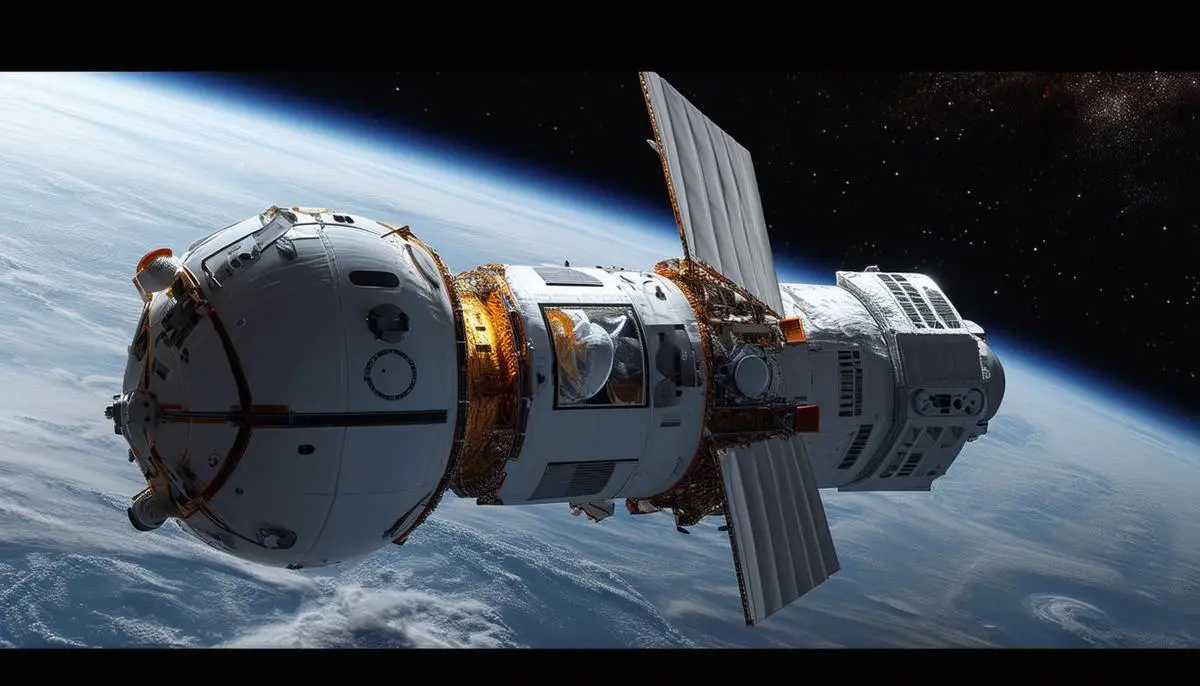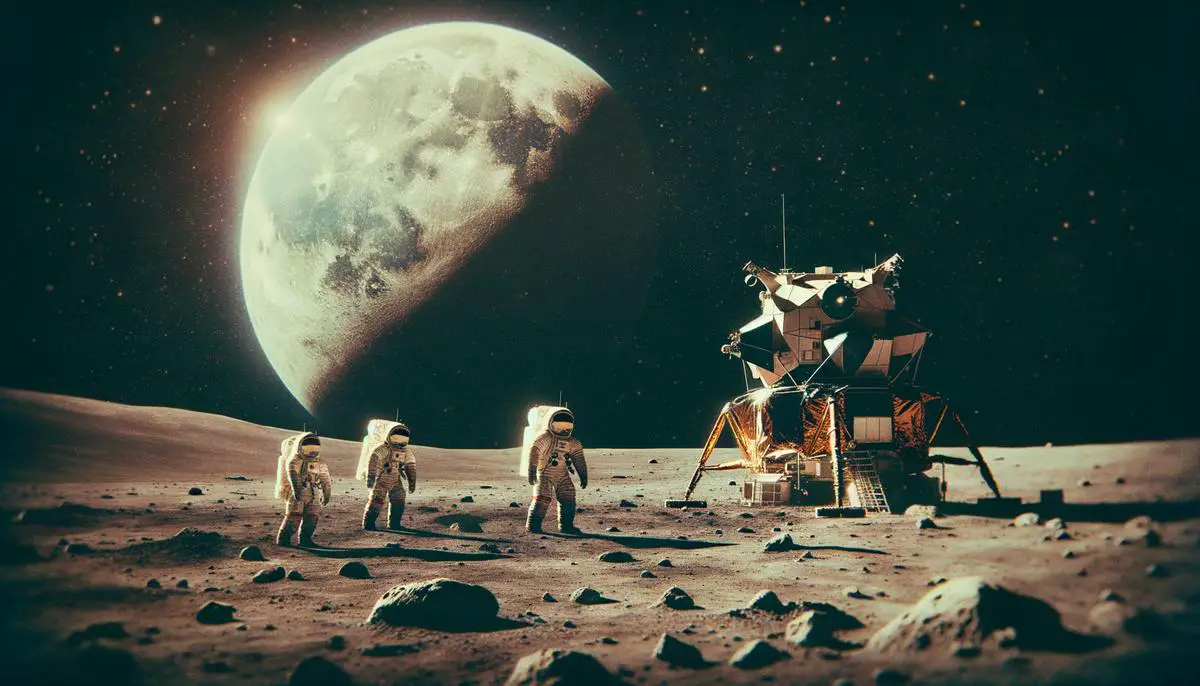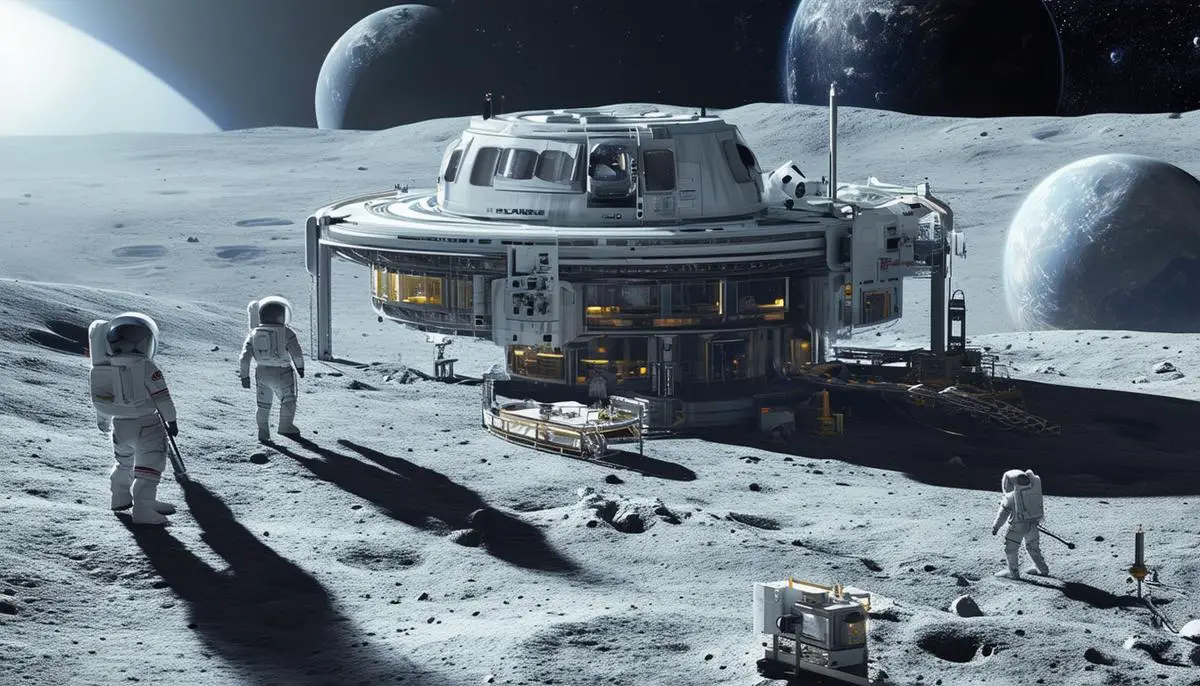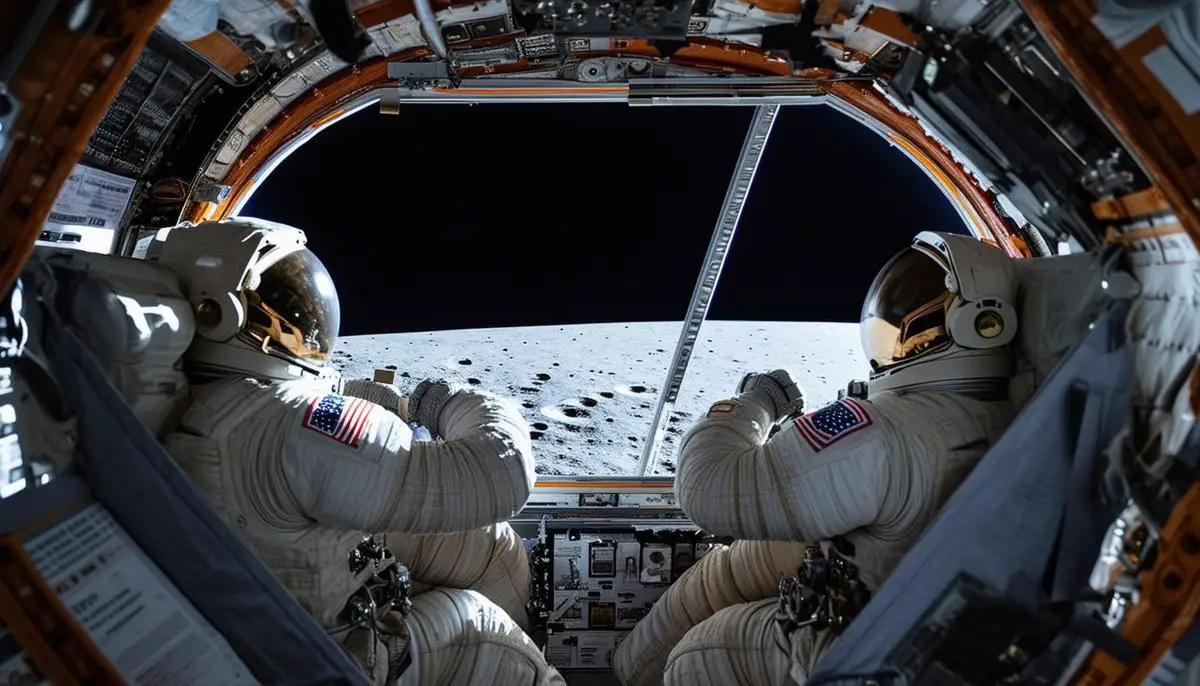Contents
Astronaut Profiles
Reid Wiseman, the commander of Artemis II, is a 47-year-old naval aviator and test pilot from Baltimore, Maryland. He brings extensive experience to the mission, having completed a 165-day expedition aboard the International Space Station in 2014. Wiseman has also served as chief of the NASA Astronaut Office, showcasing leadership that extends beyond Earth's atmosphere.
Victor Glover, the pilot for Artemis II, is embarking on his second spaceflight. He previously co-piloted SpaceX's Crew Dragon spacecraft on its inaugural manned flight, spending nearly six months at the International Space Station. With 3,000 flight hours, more than 40 aircraft, and 400 carrier arrested landings, Glover's expertise is crucial to the mission's success.
Christina Koch, Mission Specialist 1, holds the record for the longest single spaceflight by a woman, an impressive 328 days in orbit.1 She also participated in the first all-female spacewalk. With a background in electrical engineering and research experience from Antarctica to space, Koch's participation offers assurance of significant achievements in this lunar orbit mission.
Jeremy Hansen, Mission Specialist 2, is a Canadian Armed Forces colonel contributing his expertise to his first space voyage. He is an experienced fighter pilot and scholar with degrees in space science and physics, as well as a research focus in satellite tracking. Hansen exemplifies the academic and exploratory spirit ideal for the challenges of Artemis II.
The crew's diverse skills and experiences fortify them against the demands of deep space. Their journey will extend our understanding of cooperative international ventures in space exploration.

Training and Preparation
Preparing for a mission to the moon requires an intense, carefully crafted training regimen. The Artemis II crew undergo technical preparations, physical conditioning, and procedural rehearsals.
Simulation is at the core of their preparation. In realistic mockups of the Orion spacecraft, each crew member experiences the rigors of space travel, including:
- Spacecraft operation
- Navigation
- Handling potential emergencies
The simulations cover scenarios ranging from orbital mechanics to off-nominal situations.
Physical training is crucial to counteract the effects of microgravity on the body. The astronauts engage in specific exercises that simulate low-gravity conditions, helping them adapt and develop muscle memory for movements they'll perform during the mission.
Mental preparation and teamwork drills ensure the crew's psychological readiness. The isolation and confinement of space travel demand immense emotional resilience. Team-building exercises strengthen the interpersonal relations necessary to maintain mission integrity and morale.
Artemis II's preparation also includes extended sessions in navigation to acquaint the team with their trajectory around the moon. These sessions involve intricate calculations and adjustments reflecting real-time space conditions.
As launch day approaches, each phase of training becomes more comprehensive, combining science, engineering, and human endurance. This proactive approach ensures that the Artemis II crew is well-prepared for the challenges of lunar exploration.

Mission Objectives
Artemis II serves as a crucial precursor to future lunar missions, with a set of ambitious objectives aimed at advancing deep space capabilities.
A critical objective is the verification of the Orion crew module's life-sustaining systems. The mission will rigorously test the air revitalization, water recycling, and waste management systems to validate their readiness for prolonged lunar missions.
The European-built service module, responsible for propulsion, power, and thermal control, will also undergo examination. The trans-lunar and lunar orbit insertion burns will stress-test the propulsion systems, confirming their sturdiness for future missions.
Orion's heat shield, tasked with protecting the craft and crew during re-entry into Earth's atmosphere, will be tested under harsher-than-ever flight conditions to assess its limits and identify potential improvements.2
During the mission, onboard experiments will investigate the lunar vicinity, including:
- Space radiation assessment
- Human biology studies
These experiments aim to expand our knowledge of cosmic radiation's influence on astronauts, with implications for future missions to the moon and Mars.
Artemis II will also serve as a testbed for assessing operational interactions between astronauts and new-generation spacecraft interfaces in real space scenarios. Every aspect of the crew's interaction with the spacecraft will be scrutinized to ensure optimal performance.
Close-quarter communications, essential for cabin cooperation and responsiveness to Mission Control, will be analyzed to develop protocols for future deep space missions.
With a combination of scientific ambition and exploratory necessity, Artemis II's objectives lay the groundwork for renewed human exploration of the moon and beyond.

Historical Context
Artemis II emerges more than fifty years after the last Apollo mission, Apollo 17, marked the last time humans ventured beyond low Earth orbit. While building on the legacy of the Apollo program, Artemis II represents a new era in space exploration.
The Apollo missions, launched during the Cold War, showcased human ingenuity and extended mankind's frontier to the moon. They brought back lunar samples and data that reshaped our understanding of the moon and our place in the cosmos. Apollo set a benchmark from which subsequent missions would learn and grow.
Artemis II revisits this once-conquered domain, but with the aim of establishing a sustainable human presence on the moon. Unlike Apollo's race against geopolitical rivals, Artemis operates within a framework of global collaboration, with international partnerships and commercial contributions.
While each Apollo mission was a singular event, Artemis II is part of a series of missions targeting sustainable exploration and residency.3 This shift reflects a move from brief, competitive expeditions to a blueprint for long-term off-world living.
Artemis II also benefits from decades of technological advancements, expanding mission capabilities beyond those of the Apollo era. Every aspect, from life-support systems to propulsion technologies, has been upgraded to support more sophisticated journeys.
As Artemis II points humanity's gaze back to the moon, it revives the spirit of exploration throttled since Apollo 17. This mission becomes a significant chapter, linking past achievements with future aspirations and setting a new paradigm for space exploration.

Future Implications
Artemis II is more than a quest for knowledge; it sets the stage for humanity's ambitious goal of establishing a sustainable presence on the moon and potentially reaching Mars.
The mission broadens the threshold of exploration, serving as a conduit and torchbearer for the heightened expectations of Artemis III, which aims to land on the lunar surface. Artemis III will break significant barriers, placing the first woman and the first person of color on the moon, showcasing space exploration's progressive stride.
Sustained human presence on the moon envisions a series of outposts and habitats, functioning like Antarctic research stations on Earth. Artemis missions gather essential data, fine-tuning life-support systems and habitat designs to enable astronauts to live and work on the lunar surface.
The lessons learned and technologies perfected throughout Artemis II and beyond have relevance far beyond the moon. Orion's ability to endure the emptiness of space, coupled with the human ability to thrive within it for prolonged periods, paves the way for voyages to Mars and other celestial bodies.
As the Artemis program progresses from moon flybys to landings and long-term habitation, it drives advancements in:
- Habitat technology
- Sustainability practices
- Exploration protocols
Energy systems that harness local resources, closed-loop life support systems, and agricultural techniques suited to non-Earth soils gradually make off-world living a realistic prospect.
By voyaging past our atmospheric shores, NASA is not merely reaching for the moon but casting lines forward toward new frontiers. In cementing foundations within the lunar dust, Artemis II chronicles a leap for continuity since Apollo and a sustainable shift towards habitual celestial sojourns.

- Dunbar B. NASA extends Koch's mission for additional research in space. NASA. May 21, 2019.
- Dunbar B. Artemis II mission overview. NASA. April 3, 2023.
- Dunbar B. NASA's Artemis missions. NASA. April 16, 2023.
